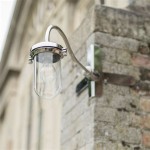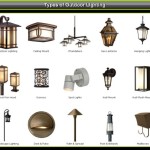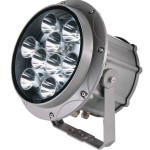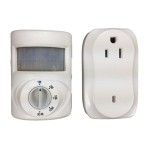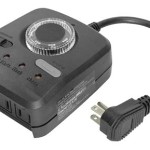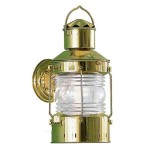Essential Aspects of Wireless Light Sensors Outdoors
Wireless light sensors play a crucial role in outdoor lighting applications, enhancing safety, energy efficiency, and aesthetics. These devices offer numerous benefits, but understanding their essential aspects is key to optimizing their use and ensuring their long-term effectiveness. This article will delve into the critical considerations when deploying wireless light sensors outdoors, from their purpose to their specifications and applications.
1. Purpose and Functionality
Wireless light sensors detect changes in ambient light levels, triggering lighting systems to adjust accordingly. They can operate in various modes, such as dusk-to-dawn, motion activation, or scheduled operation. By automatically turning lights on and off based on light conditions, these sensors optimize energy consumption and extend the lifespan of lighting fixtures.
2. Connectivity and Communication
Wireless light sensors rely on wireless communication technologies to transmit data and receive commands. Common protocols include Zigbee, Bluetooth, and Wi-Fi. The choice of protocol depends on factors such as range, reliability, and security requirements. Sensors should be compatible with the central controller or gateway to ensure seamless communication and control.
3. Sensor Technology
Various sensor technologies are used in wireless light sensors, including photodiodes, phototransistors, and photoresistors. Each technology has its advantages and disadvantages in terms of sensitivity, accuracy, and response time. Selecting the appropriate sensor type is essential for the intended application.
4. Environmental Considerations
Outdoor wireless light sensors must withstand harsh environmental conditions, including extreme temperatures, rain, and sunlight. They should be rated for outdoor use and have an appropriate ingress protection (IP) rating to prevent damage from dust and water. The sensors should also be able to operate reliably in various lighting conditions, from bright sunlight to complete darkness.
5. Installation and Maintenance
Proper installation and maintenance are crucial for the effective operation of wireless light sensors. The sensors should be placed in locations where they can accurately detect light conditions and avoid interference from other sources. Regular maintenance includes cleaning the sensors, checking their functionality, and updating software or firmware if necessary.
Conclusion
Wireless light sensors outdoors offer a range of benefits, including energy savings, increased safety, and enhanced aesthetics. By understanding the essential aspects of these devices, from their purpose and functionality to their environmental considerations and maintenance needs, organizations can optimize their use and maximize their impact on outdoor lighting applications.

2x Led Pir Motion Sensor Spot Light 600 Lumens Waterproof Outdoor Wireless

Szrsth Solar Lights Outdoor Waterproof Motion Sensor Security With Wireless Remote Control 2500lm 3heads 210led Flood For Patio Garage Yard Entryways Com

Sensor Night Wall Light Battery Powered Motion Lights Wireless 9 Leds Spotlight Indoor And Outdoor Garden Security Led Lamp Auto On Off Porch For

20 Led 320lm Outdoor Solar Motion Sensor Lights Wireless Wall White 2 Pack Com

In Lite Smart Move Wireless Motion Sensor 12v Led Low Voltage Outdoor

Jetgadget Led Outdoor Light With Motion Sensor Wireless Waterproof For Wall Smart In Buy

Jetgadget Led Outdoor Light With Motion Sensor Wireless Waterproof For Wall Smart In Buy

Szrsth Solar Lights Outdoor Waterproof Motion Sensor Security With Wireless Remote Control 2500lm 3heads 210led Flood For Patio Garage Yard Entryways Com

Smartwares Wireless Outdoor Light Sensor Sh5 Tsy A Homes
